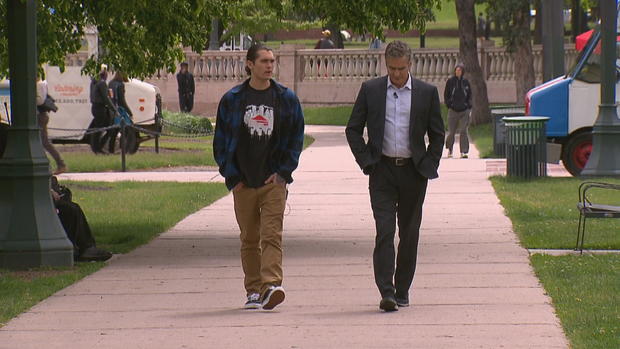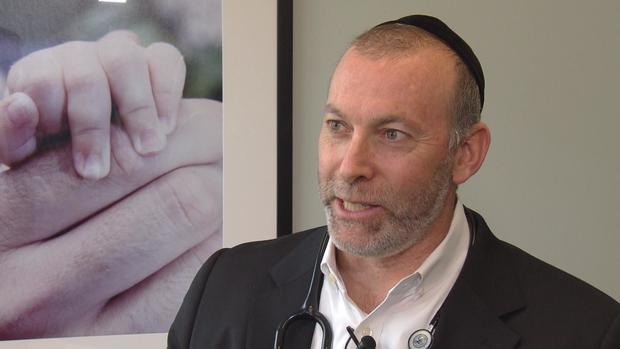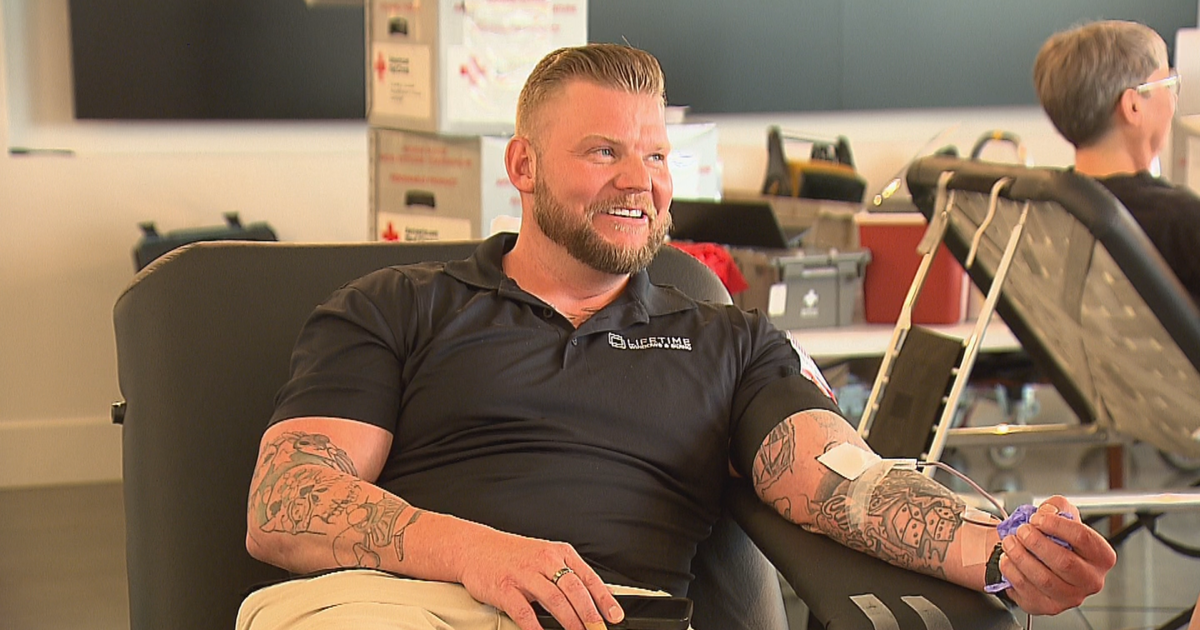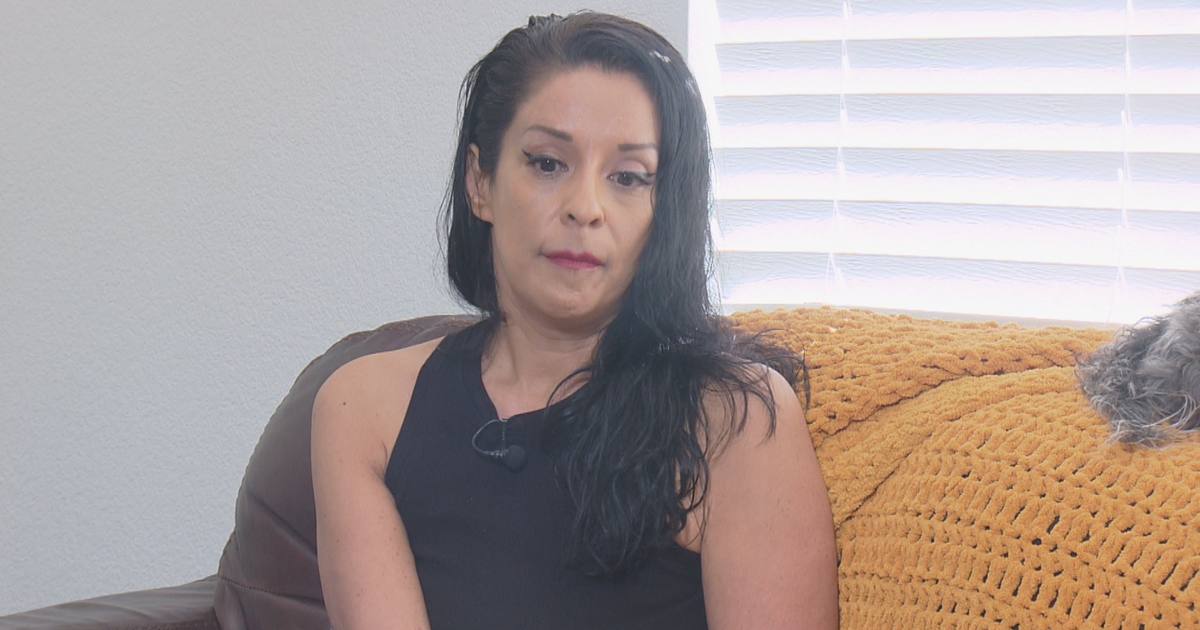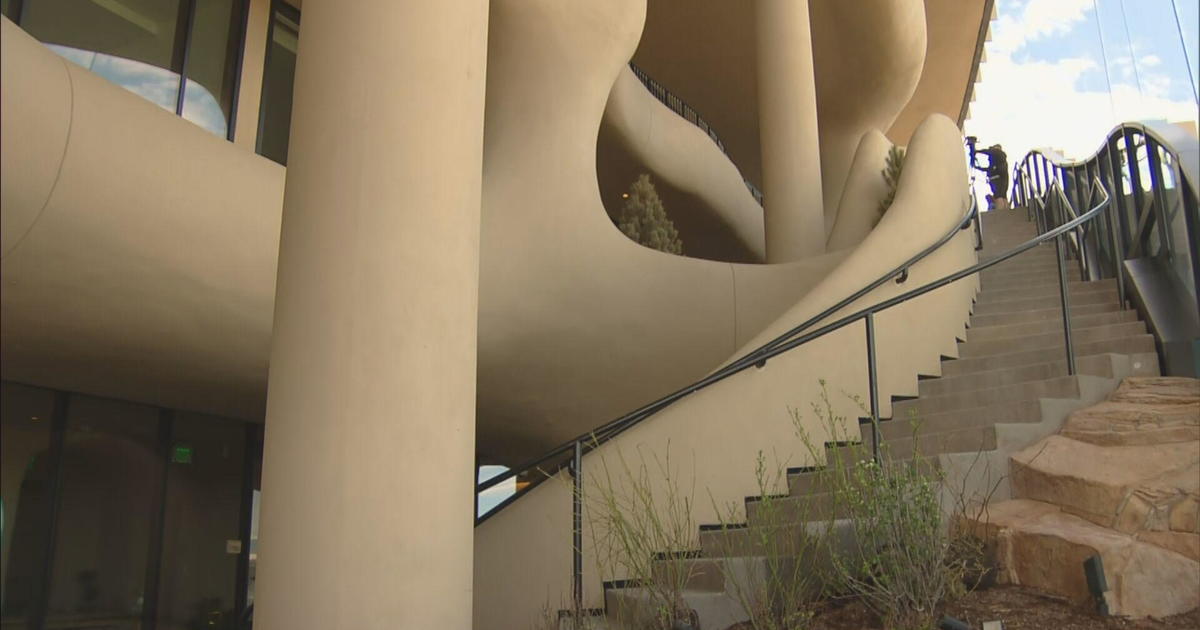Opioids and The Young: What You Should Know
DENVER (CBS4) - I'm an open book, I have nothing to hide, I'm not ashamed of anything," said Lucas Tardio as we walked in Civic Center Park.
He'd spent a lot of time here. "Yeah, I slept here sometimes, but mainly along the Platte River ... simply just sleeping is dangerous."
At 22, he's seen a book's worth of hard times. He's just out of prison. But he's clean.
Tardio was addicted.
"Initially it started, so I was about 13 and I got in a fight, had my nose broken," he explained.
The doctor re-set his nose and gave him pills. Plenty of pills. Sixty Tylenol with codeine.
"I looked them up and I saw that you could get stoned off of them, so I just took them out of curiosity I guess."
He finished them all. Then he and friends went for more.
"We started, you know, going in medicine cabinets and acquiring pills from our parents and then you know, kids would get their wisdom teeth taken out and so forth."
He was a young teenager and he was out of control.
"Eventually it just progressed into an all-out opioid addiction."
"The problem is everywhere and the adolescent population seems to be where a lot of the issues start," said pediatrician Dr. Michael Milobsky. "I think a lot of parents don't understand the adolescent brain has a unique vulnerability to addiction."
He has been trying to share his alarm over the opioids that are getting into young hands.
"The brain of an adolescent is still thoroughly underdeveloped in certain ways. In fact the brain development isn't really complete until 24 or 25 years old."
Until then, he notes, the chances are much greater of addiction.
"It got personal when my own 16-year-old daughter went in for a wisdom tooth extraction and they handed her a bottle of Percocet; about 25 or 30 of them. ... That she would come home with 25 Percocets to me was a bit shocking."
He took them away.
While there is increasing talk in the medical community about exercising care when prescribing opioids, not all doctors are up to speed.
"They're going to urgent cares, they're going to ERs, they're going to oral surgeons who may not be as up to date on why they shouldn't be doing what they're doing."
Milobsky argues that pain management is just that, not pain elimination.
"To have zero pain is not an appropriate expectation either. And so the vast majority of these types of pain levels can be managed with over-the-counter non-prescription medication like ibuprofen and Tylenol."
And young people, he argues, don't even understand pain yet.
"I can tell you my 16-year-old daughter has no idea what 10 out of 10 pain is. My wife does because she's had a baby. But my 16-year-old daughter could easily confuse a stubbed toe with 10 out of 10 pain."
Younger brains, he says, still have years of development ahead that may make them especially at risk.
"The part of the brain that deals with motivation and reward, that's the part of your brain that emits dopamine into your circuitry. That part of the brain of an adolescent brain is very highly developed. The part of the brain that's underdeveloped is the prefrontal cortex. That's the part of the brain that deals with future planning, abstract thinking, reasoning."
Tardio spiraled downward in his addiction, feeling ill when he had no opioids in his system.
"One time when I was sick, one of the guys I was hanging out with said 'Hey, you know heroin will make you feel better."
He had no trouble finding it in suburbia.
"People think it's like a back alley drug, or it's just sold in, you know, poverty stricken areas but it effects everything. And it's in all neighborhoods and all class systems."
He left home to shield his mother and sister from his addiction and took to living in parks and along the river. He later robbed a drug dealer, who called authorities and he ended up behind bars.
Today Tardio's story is more than a cautionary tale, it is a warning about a system of overprescribing that has yet to be righted.
Milobsky says parents should be watching what young people are getting all the way to their mid-20s and getting old prescriptions out of the house.
Tardio is working a job, staying clean and thinking about other young people by sharing his story. His journey out and back is a long one that started at just 13.
"That doctor prescribing me those pills ... you know, essentially introduced me to the drug that ultimately ruined my young life."
Additional Resources
The DEA has a website where you can find out where to dispose of opioids safely in your area. Here's that directory: deadiversion.usdoj.gov
